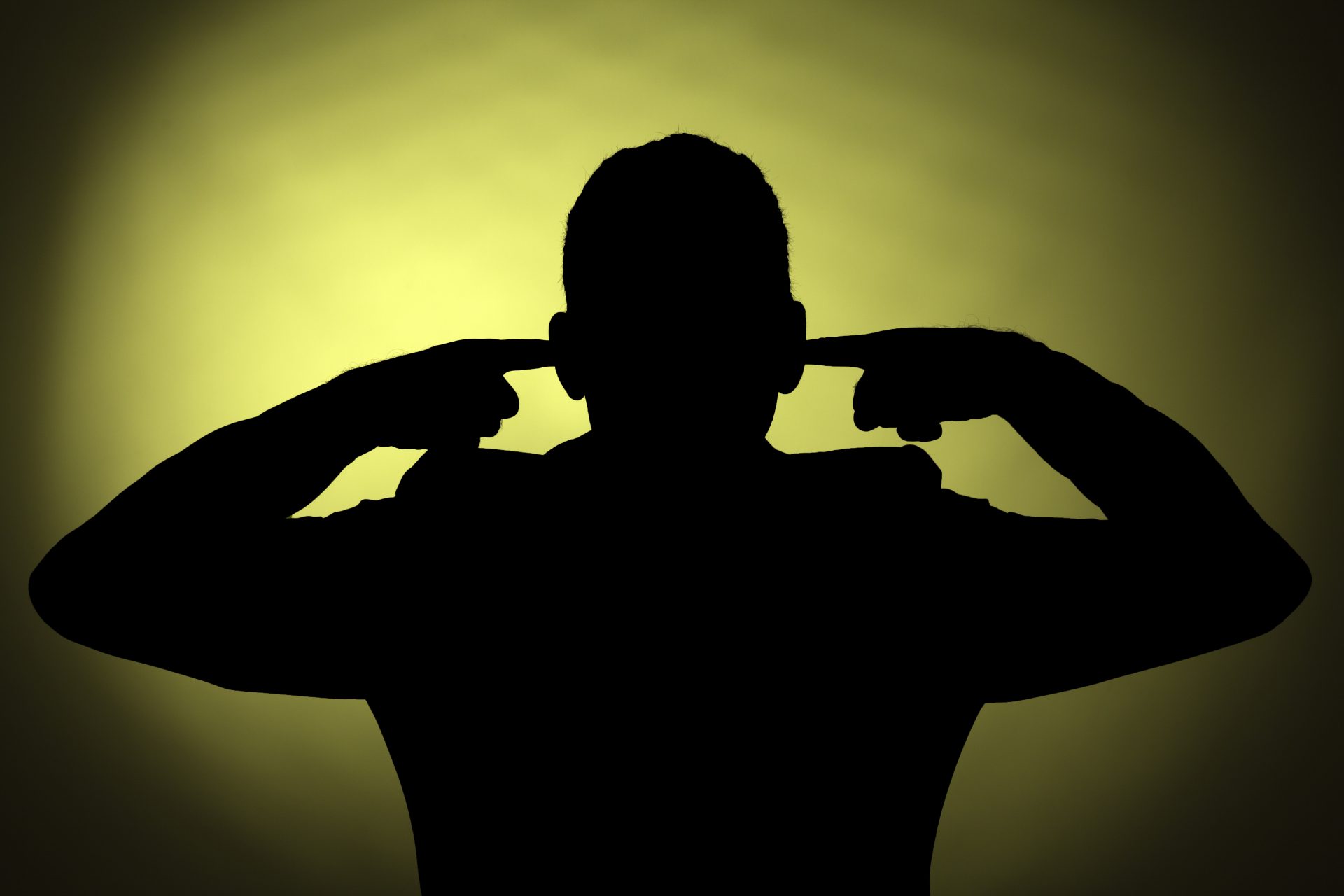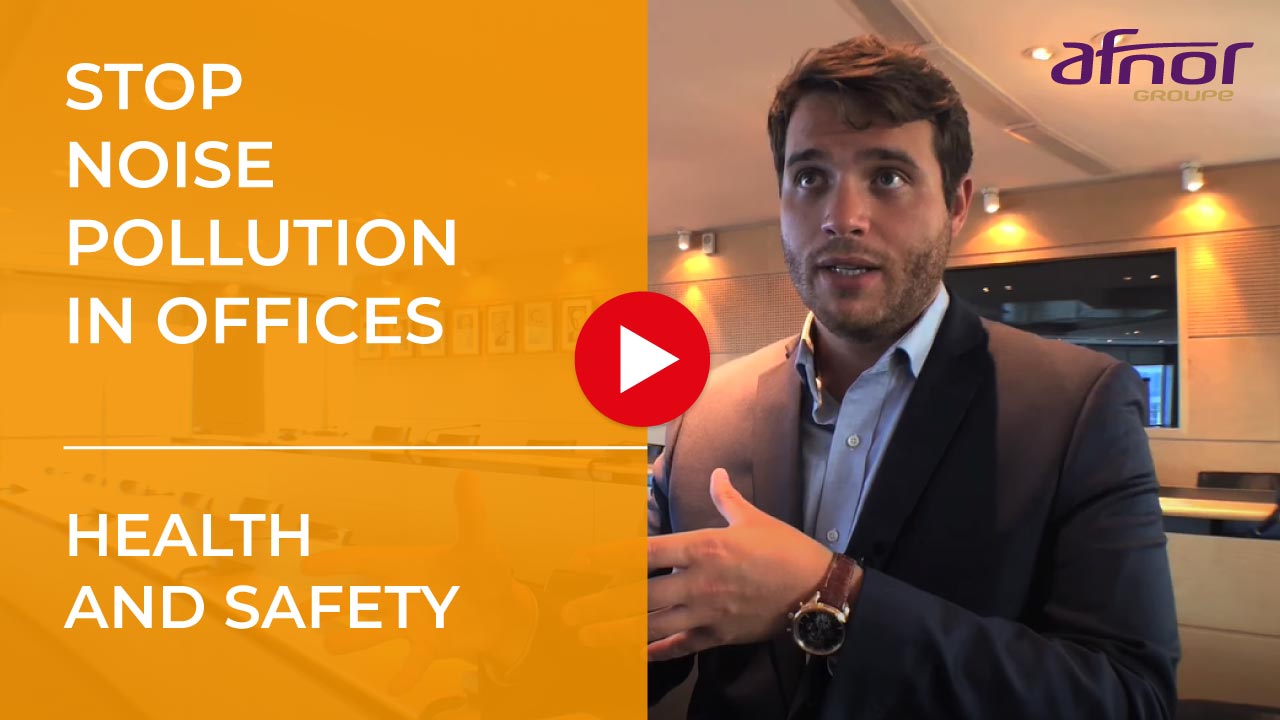Acoustics: standards that set good practice to music

Recognized as a public health problem, noise pollution is being taken more and more seriously. More and more standards are being set, with the help of professionals and voluntary texts, to encourage good practice.
At home, in the office, in restaurants, on the street… Noise is everywhere, with sometimes disastrous consequences for health and, by extension, for the economy. The exhibition begins in the morning, with the start of the working day. In large companies, practices have evolved considerably in recent years. Real estate constraints and the desire to create collaborative working environments have led to a boom in open spaces. In these open-plan offices, communication is easier, but confidentiality and discretion take a beating. And the social cost is soaring: between concentration difficulties, lost productivity and occupational illnesses induced by the hubbub, 18 billion euros are swallowed up every year…
NF S31-199: good acoustic practices in open spaces
AFNOR is at the forefront of this field, providing companies with reference systems tailored to each situation. These standards are all the more relevant… because they are made by themselves. Olivier Cartigny, AFNOR project manager, who helps professionals draw up these documents, explains: “Whether it’s a work surface, a meeting room or a relaxation area, the perception and management of noise vary from one place to another.. Standard NF S31-199 takes these different situations into account. ”
This voluntary text proposes a questionnaire, to be carried out before or after work, to measure the expectations of the employees concerned. And offers solutions adapted to each location. ” HR departments, building owners, project managers, general management… The standard provides concrete advice for all the departments involved,” continues Yoan Le Muet, Marketing Manager at Saint-Gobain and Chairman of the AFNOR standardization committee on acoustics in the workplace.
For example, installing partitions without modifying the ceiling is pointless. ” This 2016 document could well be given a second life, this time on an international scale, by bringing it to ISO to make it a document shared by all countries, by 2020.
Cafés, bars and restaurants: soon a voluntary standard
After a hard day’s work, relax in a bar or restaurant. But one man’s hobby is another man’s job… Waiters, bartenders and cooks are exposed to a great deal of noise in these atmospheric environments. And between music and conversation, the menu can quickly turn into a special decibel menu. A commission has been working on the issue since the summer. Here too, the same principle applies: it’s the professionals who set the standards, not the public authorities who impose them. Catering and construction professionals, design offices and INRS (Institut national de recherche et de sécurité pour la prévention des accidents du travail et des maladies professionnelles) are among those taking part in the discussions. You can still join in! The presence of all these players is important to find the right balance,” summarizes Yoan Le Muet. On the one hand, to limit staff exposure, and on the other, to attract customers with an ambience, without scaring them away.” The aim of this work is to reach a consensus on the best practices to be applied, and to publish a standard within two years.
Noise in homes: a guide to acoustic perception coming soon
Once at home, peace and quiet are not always the order of the day. While the ISO 19488 standard focuses on home acoustics, the French commission has chosen not to follow it, as it is too restrictive and not sufficiently adapted to reality. Around AFNOR, laboratories, consultants, manufacturers and associations are defending a different approach, summed up by Pascal Ozouf, chairman of the building acoustics standardization committee and head of acoustics and innovation at Placo Saint-Gobain: ” For the same decibel level, the noise of a river does not cause as much nuisance as the noise of a freeway. We want to develop a more precise and specific reference system.
The text, due to be published by 2020, is intended to inspire construction and renovation professionals to integrate these issues into their future projects. The perception of noise is very different from one room of the house to another,” adds Sylvie Picherit, AFNOR project manager, who heads Pascal Ozouf’s committee. Perception will play an essential role in this voluntary text, which could later inspire a regulatory text.
Noise from shooting ranges: a reference, the NF S31-010 standard
Talking about noise in the home quickly leads to the question of neighbors. There’s the one who listens to his music at full volume, the one who starts his washing machines in the middle of the night, the one who grumbles about the noisy bar down the street (another bar!)… But also, more rarely, the one who lives not far from incongruous activities such as… shooting ranges. For this type of activity, regulations are very strict, with thresholds that must not be exceeded. To the “what to do” of public authorities, standardization proposes a “how to do”. Paula Castillo, AFNOR project manager, asks: ” How do we get the measurements right? It’s essential to define a precise method so that we speak the same language, specifying, for example, the position of the microphone or the recording distance from the noise source”.
Thus, since 2007, the generic standard NF S31-010, supplemented by its application document FD S31-160, has provided a framework for harmonizing and increasing the reliability of measurements. And to decide in the event of conflict… ” We’re about to publish the revised version, drawn up with professionals, the shooting federation and local residents’ associations,” boasts former RATP acoustician Daniel Brassenx, who lends his skills to the standardization committee headed by Paula Castillo. It proposes a method of measurement that can be agreed between the shooters (the “noisemakers”) and the people exposed to their noise (the “noised “).” A similar document has just been published, applied to road haulage, under reference S31-200(see box opposite).
Personal hearing protectors: the revised NF EN 352 series of standards
With all this ambient noise, the last refuge remains… earplugs! Grouped together with headbands and helmets in the personal protection category, these little balls of foam or wax are the subject of major standardization work. The public inquiry into the NF EN 352-1 standard was completed in mid-September,” explains Matthis Roussel, AFNOR project manager, who oversaw this phase. This revision will set out the new safety and protection requirements to be met by manufacturers”. This project joins the list of other standards under revision in the NF EN 352 series, begun in summer 2017, with the first texts expected for publication and approval from April 2019.
In line with changes in regulations on personal protective equipment (PPE), these texts will incorporate a major new feature: manufacturing quality control. ” Users will thus benefit from better information and better protection against noise”, says Nicolas Trompette, head of the INRS acoustics at work laboratory, one of the commission’s members. From earplugs to delivery trucks, from shooting ranges to restaurants, AFNOR is the conductor of multiple commissions where you, the professionals, can tune your violins… and ultimately compose a beautiful symphony of standards.
NF S31-200, for measuring the noise of delivery trucks
Published on October1, 2018 after six years of discussion, the voluntary standard NF S31-200 sets out the methodology for measuring noise from road transport delivery activities. How far to position the microphone from the noise source, how to orientate it… The text offers instructions for use in all situations: on the road, parked, at a delivery stop. The text is aimed at users of these vehicles, to help them comply with the regulatory thresholds imposed. And better understand the impact of their activity on the noise environment.
Read more :
